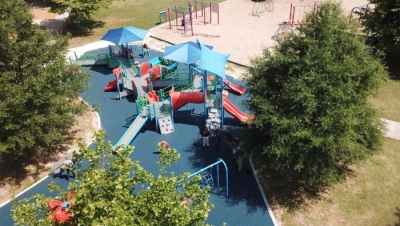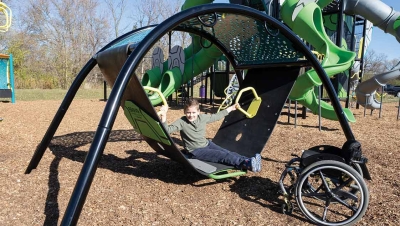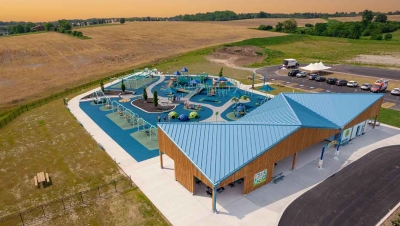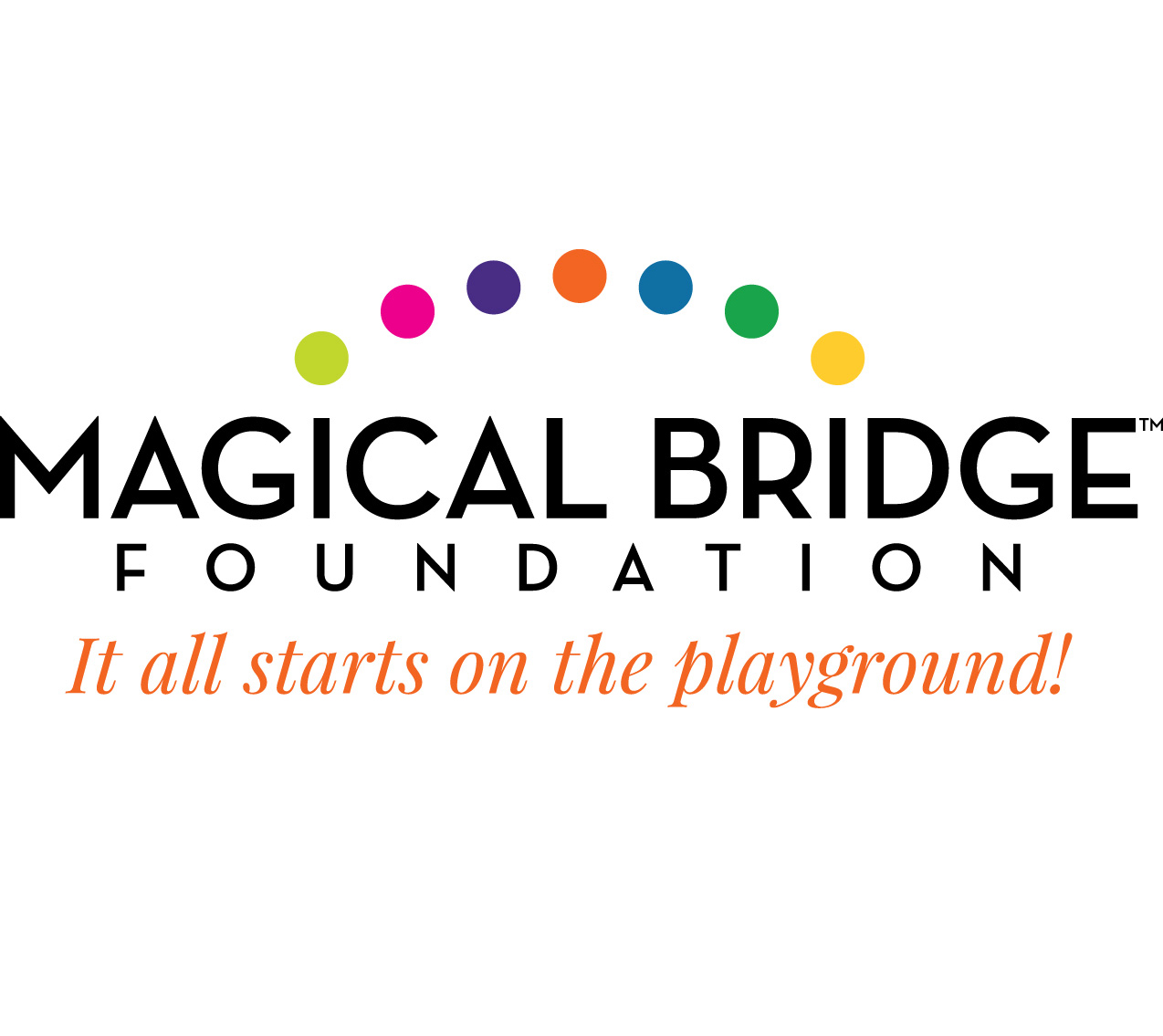Inclusive Design - Image courtesy of phasinphoto at FreeDigitalPhotos.net
When considering more than the minimum requirements necessary for barrier removal, the impacts the principles of inclusion and universal design have on the usability of the play environment must be investigated. These principles should be addressed through the planning process of any new play area. If the basic principles of inclusive design are adhered to from the very beginning of the planning process, the end result should be what the general public and other stakeholders in the design process had in mind for an inclusive environment.
Milestones to Access for All – Historical Perspective
Milestones, such as the Architectural Barriers Act of 1968, Section 504 of the Rehabilitation Act as amended in 1978, and the Americans with Disabilities Act of 1990, and the combination of these documents to create the Americans with Disabilities Act Accessibility Guidelines (ADAAG) of 2004, have raised expectations across two or three generations of United States’ consumers with disabilities seeking opportunities to improve healthy living through leisure pursuits. Now with the final rule becoming the law of the land in the U.S., the United States Department of Justice 2010 Standard for Accessible Design is the new measuring stick for evaluating compliance to this legislation. Understanding the law and being able to apply the requirements is a major concern of most people and organizations impacted by this wide reaching legislation. Once everyone understands what the law says they can begin to better implement the intent of the law.
This was the vision accessibility advocates had for the implementation and enforcement of the law; however, it can be argued the results thus far may be less than envisioned. Access to and through the man-made environment has unquestionably been improved; however, the idea that there is equal access to all environments with equitable, flexible, simple, easy, safe use by all is not being achieved to everyone’s liking. The law, as with most legislation, must be black and white, otherwise the words become nothing more than a government recommendation with no enforcement provisions if not followed.
The law sets minimum requirements that must be met. Often these requirements are established through debate and compromise of all people invited to participate. The experience was a very open public process. Those who were not able to participate on the main committee had multiple opportunities to make public comment in writing or in person as all meetings were open to the public. Unfortunately for some advocates, with compromise comes a watered down version of what might have been envisioned. It is a perception that most regulations have financial consequences on commerce and therefore consideration should be given throughout the process so the regulations do not become financially burdensome to commerce.
The Evolution of the Access for All Movement
Barrier free design has given way to accessible design, which has embraced the concept of more inclusive design and/or a more universal design concept. Inclusive design and universal design are used synonymously; however, I believe there are significant differences. Both concepts attempt to address the civil rights of all people to have equal access to publicly funded things and programs including private enterprises that invite the general public into their facilities and programs. Examples might include a hotel, restaurant, amusement park, school, or public library. The difference in the interpretation of these terms, although subtle, will become clearer through my interpretation and comparison of these terms. I am going to use a technology analogy to explain the difference. To me, the term “Universal Design” is a “Hardware Issue” and the term “Inclusive Design” is more of a “Software Issue.” Universal design is the application of barrier free design principles that foster individual independence to access all aspects of their day to day environment.
This idea or concept of universal design was more or less the beginning of the Americans with Disabilities Act (ADA) in 1990. The ADA took the Architectural Barriers Act (ABA) of 1968 to a new level as we began to look beyond barrier free access issues to and through the public indoor environment and take it to all outdoor environments and facilities. Accessibility advocates were empowered through the ADA legislation to look beyond barrier free design principles to address equal and independent access to programs and functions of our public facilities and institutions.
I believe this began the “Inclusion Movement” that has fostered many architects, land planners, and ADA advocates looking beyond the “Hardware Component” and start to focus on the “Software Component.” The software or inclusion aspect of the ADA movement goes beyond barrier free access and design and begins to address the emotional heartfelt philosophy of not just equal access but integrating all people, regardless of their physical and cognitive abilities, into the mainstream of everyday independent living. Asking the users what they want and need is an important part of the design process. The inclusive movement has only been brought into practice over the past 10 to 15 years as we have evolved through individual experimentation and the sharing of ideas that works best.
Designers who practice the implementation of barrier free architectural design alongside inclusive mainstreaming program practices appear to be more successful in addressing the individual developmental needs of all people regardless of their challenges. Living your life as independently as possible and experiencing the simple day to day challenges in a dignified inclusive environment is best for all of society. The inclusive design concept is not an exact science rather it is an evolving art form. This heartfelt philosophy or “Software Component” of inclusive design is learned and will improve over time through continued practice, observation, experimentation, and multi-discipline training.
This design concept continues to evolve as we learn more and more about the access challenges and day to day needs people face throughout their lives. Addressing day to day challenges people face is very important, but all people face different developmental challenges and require and desire additional challenges and opportunities that stimulate further development and well-being. By applying inclusive design principles we add meaning and independence to their life.
Landscape Structures Inc., a play equipment manufacturer in Minnesota, posted on their website:
“There are three components to a higher level of inclusive play: physical accessibility, age and developmental appropriateness, and sensory-stimulating activity. Combined, we will create an inclusive play environment that meets the needs of all children in the same place in a variety of ways. One group of children we must accommodate is the rapidly growing population of children with Sensory Processing Disorders as well. A higher level of inclusive playgrounds invite children of all abilities to play and imagine together – making them equal through play.”
This new and emerging philosophy is finally beginning to move the “play for all” discussion beyond the practice that minimum compliance to barrier free design is enough. Some question the cost to go beyond the minimum even though access and inclusiveness might be improved. This same reasoning is being applied to safety and performance requirements in play equipment design when designers consider impact attenuation surface system compliance. The myth and argument that accessibility and safety requirements add excessive cost to the project continues especially when an agency goes beyond the minimum design requirements. Some cost will be added, but it does not always cost more and/or pose a financial hardship.
It is time to get beyond these perceived barriers of excessive regulatory compliance and cost. This discussion needs to continue and involve more stakeholders. The implementation of the inclusive design principles is the more heartfelt and passionate approach to play area design for all.
Source











